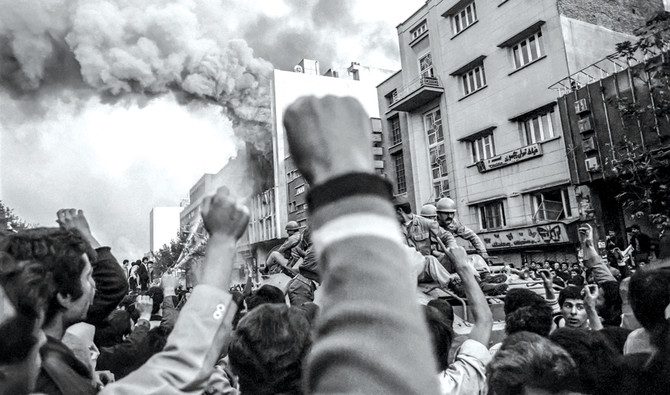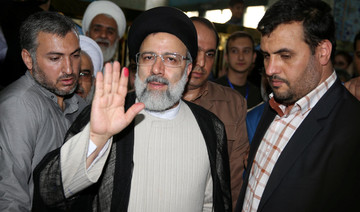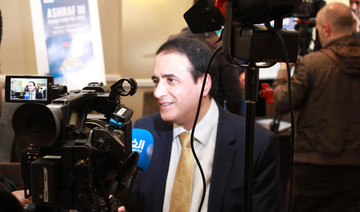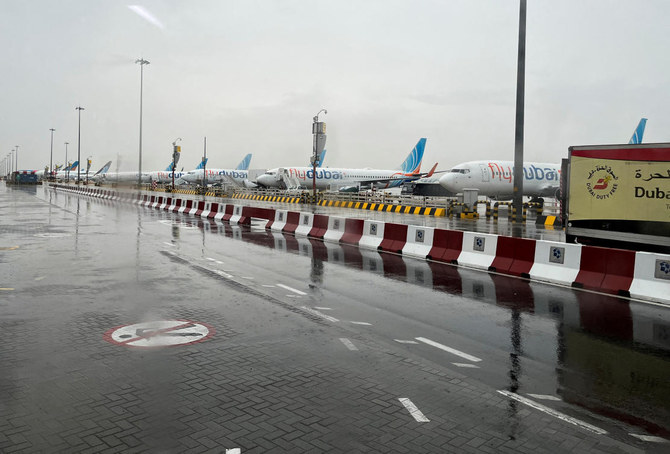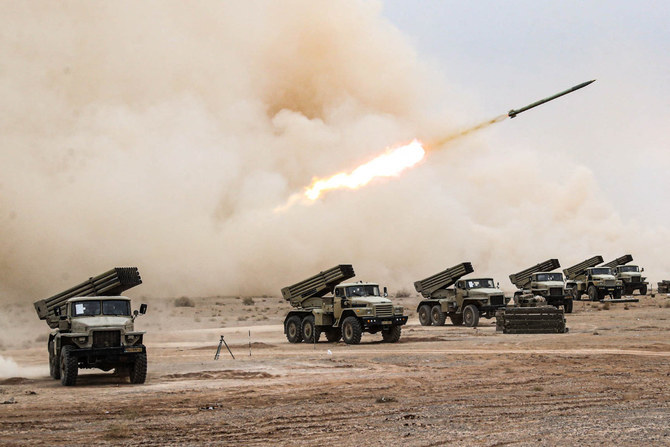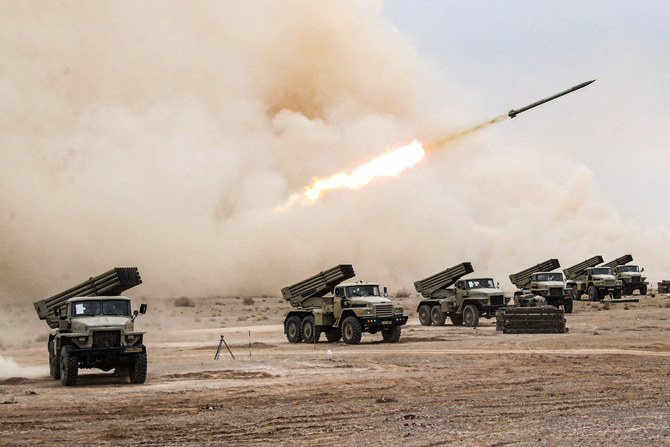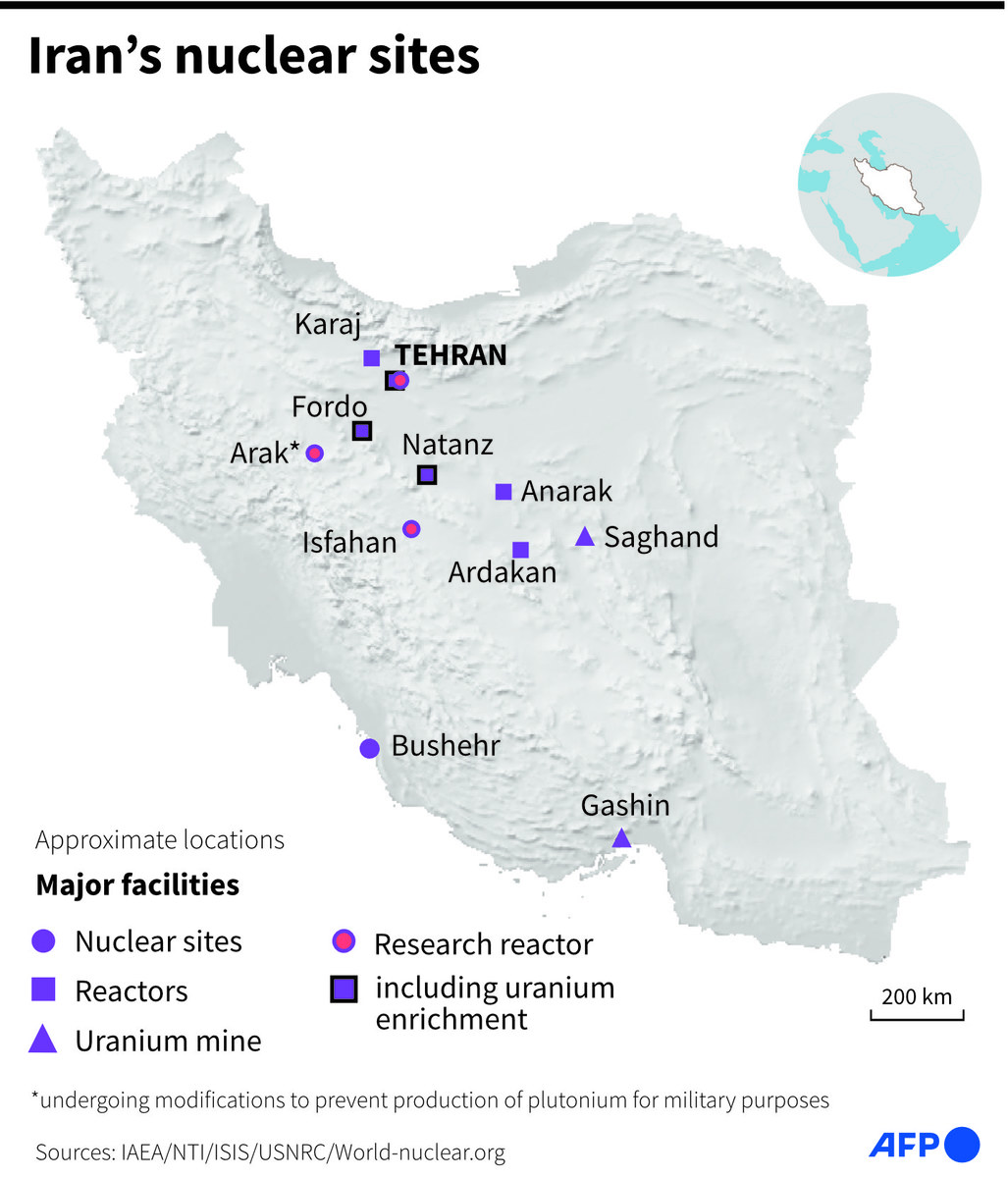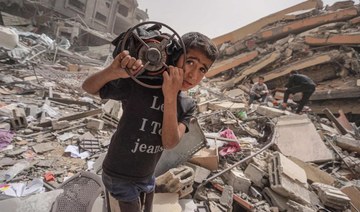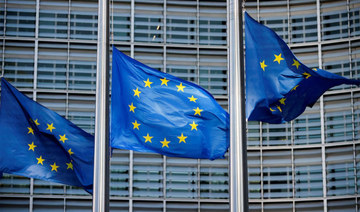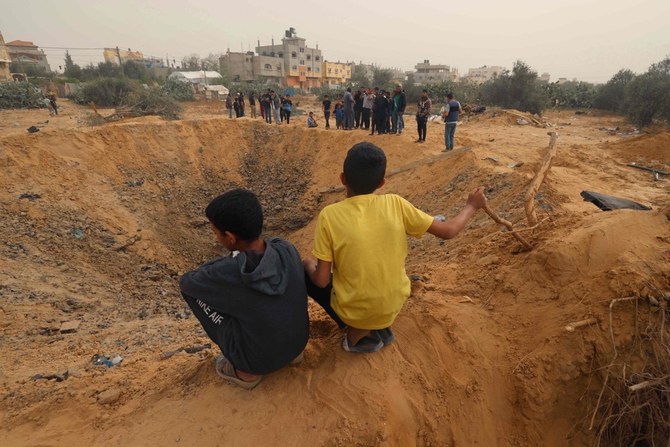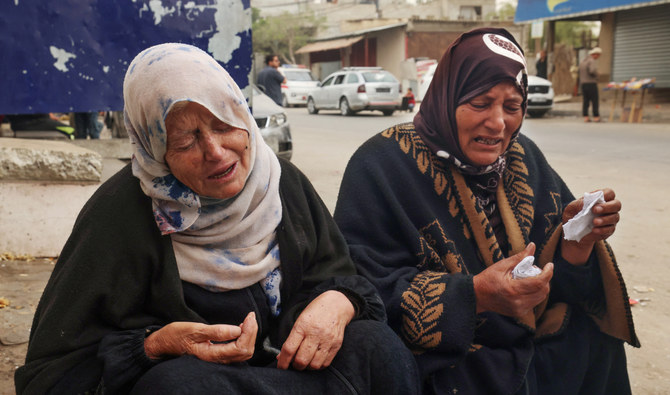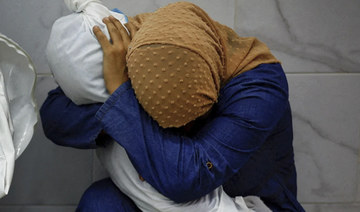DUBAI: The centuries-old sectarian Sunni-Shiite divide is arguably so entrenched that many — even Muslims — would be hard-placed to pinpoint the source of the largest cultural dispute in the history of Islam.
As author John McHugo pointed out in an exclusive interview with Arab News, the origins of the 1,400-year divide were “virtually unknown” in the West outside specialist academic circles until the Iranian revolution of 1979, which prompted several, varying narratives of the clash between Sunnis and Shiites. Today, the divide is frequently seen as an important aspect of the conflicts that have been ravaging Syria and Iraq over the past few years, and of the power politics playing out elsewhere in the region.
Yet McHugo feels the dispute remains widely misunderstood. “We live in a time of appalling violence across large swaths of the Arab world and many other Muslim countries. When people ask how this has come about, they often find themselves presented with an answer citing the Sunni-Shiite divide.”
This was the catalyst for the scholar of Islam to pen his latest book, “A Concise History of Sunnis and Shi’is,” in which he aims to combat the myths about the divide.
McHugo explained how the schism between the sects of Islam is more toxic today than ever before, resulting in decades of war in Middle Eastern countries including Syria, Iraq and Yemen, but said the dispute is as much political as it is religious.
McHugo said many trace the divide back to the death of the Prophet Muhammad in 632 AD. “You could argue that the divide goes back to the last hours of Prophet
Muhammad’s life and people were wondering who would take leadership after his passing,” he said. “Although it goes back that long way, I wouldn’t say there has always been conflict. If an ancient feud between Sunnis and Shiites is truly the fault line that has divided the Muslim world ever since the death of the Prophet Muhammad, why did it receive so little attention before the late 1970s?

“Nevertheless, an ancient religious dispute, a focus for primordial hatreds, can appear to fit the bill for today’s many disasters in the Middle East.”
People in the West, McHugo said, have to be very careful about making these judgments. “Very often Sunnis and Shiites have been able to coexist in harmony. Look what happened in Iraq after the First World War: We found Sunnis and Shiites coming together to resist British occupation.
“We start off from the assumption that there is conflict — of course there are conflicts. It would be stupid to deny that Saudi Arabia and Iran are rivals at the moment, but that is often expressed in terms of the Sunni-Shiite divide. This is royally misunderstood.”
McHugo recalled studying Arabic and Islamic studies at Oxford University and the American University in Cairo in the early 1970s. “We had to do a paper on Islamic beliefs and institutions and a typical question might be: ‘What is the Sunni-Shiite divide all about?’ It was all frightfully academic and, more likely than not, the opinion was that this wasn’t something important today and it was fading into history.”
But then came the Iranian revolution in 1979, which launched a radical Shiite Islamist agenda. “Suddenly you had every journalist wanting to show insight into this Sunni-Shiite divide,” McHugo said. “Then they would start writing about what happened in the 7th century — and you suddenly had these two narratives being portrayed and the impression was that you had this sort of struggle going on all this time on the differences between the two branches of the religion about which is the supreme form of Islam.
“But when the Iranian regime happened, what Shiite cleric Ayatollah Khomeini, the leader of the Iranian revolution, wanted was to get all Muslims behind his Islamic revolution, Sunnis as well as Shiites.”
McHugo, who worked across the Middle East for more than a quarter of a century, said that since many recent conflicts led to reports emphasizing the sectarian divide, tearing communities apart from Lebanon and Syria to Iraq and Pakistan, he felt a “light needed to be shone” on the subject.
“It was 2014 when I spoke to my publisher saying that the divide was misunderstood. I found myself getting increasingly angry about it all — that is when I decided to explain to the public to make them understand how people in the region think and feel.”
Many people have “blithe assumptions” about the Sunni-Shiite divide. “Because we tend to see so much in the Middle East through a prism of violence, people in the West think of the Middle East as being very violent, which I think is a real distortion.
“For hundreds of years people have lived peacefully and when there are conflicts or crisis there is always a reason — population explosion hasn’t helped, to give one example — but we have got one pair of spectacles about the way we see the Middle East.”
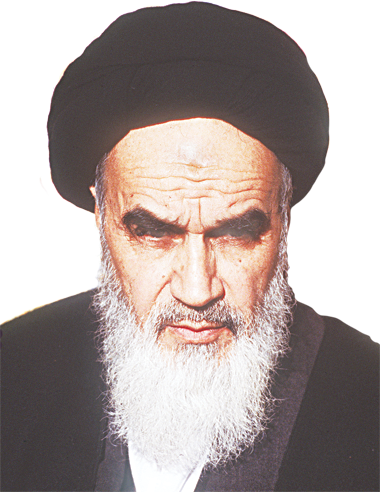
Ayatollah Khomeini wanted to get all Muslims behind his revolution. (AFP)
McHugo explains how members of the two sects have co-existed for centuries and share many fundamental beliefs and practices. But they differ in doctrine, ritual, law, theology and religious organization.
McHugo opens his book explaining the origins of the divide, highlighting that the sectarian split could be traced back — not because of religious differences from the mainstream — but because of two different perceptions of who should exercise religious authority among Muslims after the Prophet’s death.
But McHugo believes the “divide is less important than it is often portrayed today” because the dispute is paired with politics. “I think that whenever there is a problem between the Sunnis and Shiites we should look at the causes of that problem and often you will find that problem is not to do with religion, it is to do with other political factors.
“For instance, if you take what has been happening in Syria, you have Muslim forces fighting the regime of Bashar Assad, who has been using Iranian support. So what happened is, what started off as an Iranian revolution, turned into a kind of proxy war.
“That is what I’m hoping to make people realize — that the violence we see today in many Arab countries is because of the politicization of Shiite Islam and then the turbocharging of sectarian violence which followed on as a result of the Iraq invasion in 2003 up until 2005, when some people carried out a cultivated act of sabotage and sacrilege when they blew two major Shiite shrines in Iraq with the express intention of starting a sectarianism war. And here we are now, in 2019, still recovering from that.”
The author said Sunnis are 85-90 percent of the world’s 1.6 billion Muslim population, and Sunni Muslims are present in more countries and regions throughout the world, whereas most Shiite Muslims live in four countries: Iran, Pakistan, India and Iraq. Saudi Arabia has one of the largest proportions of Sunni Muslims in the world.
Looking at the future of the Sunni-Shiite divide, McHugo sees signs of hope. “I think a positive thing was the Saudi Crown Prince Mohammed bin Salman inviting Iraqi politician Muqtada Al-Sadr, who is a Shiite cleric, and I think that’s very good indeed.
“As time passes, we see more and more people coming out of the woodwork and opposing secular politics. But I think it will take a while for this oil tanker to be turned around. People’s perceptions take a while to change. I don’t want to lie — there is a lot of sectarian hatred that has been sown, particularly since 2005.”
Iran has been a “very, very bad boy here,” said McHugo. “This is in terms of trying to spread its influence, but it does that through both Sunnis and Shiites.
“For instance, you have Hezbollah in Lebanon, which it has backed, but it has also backed the Islamist group Hamas, which is a Palestinian Sunni Islamist fundamentalist organization.
“Then you have internal tension in Iran and you have the Revolutionary Guards who seem a state within the state and control a large part of the Iranian economy that leads to corruption. There is still this revolutionary impulse in Iran and this has still not gone away.”
McHugo said he hopes his book will clarify a “simplistic narrative which is in danger of taking firm hold in the West” — that Sunnis and Shiites have “engaged in a perpetual state of religious war and mutual demonization that has lasted across the centuries; and that this is the root cause of all that is wrong in the Middle East today.
“This is a very convenient narrative. It deflects attention from the immediate causes of the increase in sectarian violence between Sunnis and Shiites over the past few years. Where bloodshed between Sunnis and Shiites occurs, it is usually entwined with political issues.
The way to stop today’s bloodshed is to sort out those political problems. Unfortunately, that runs up against the vested interests of any player.”


